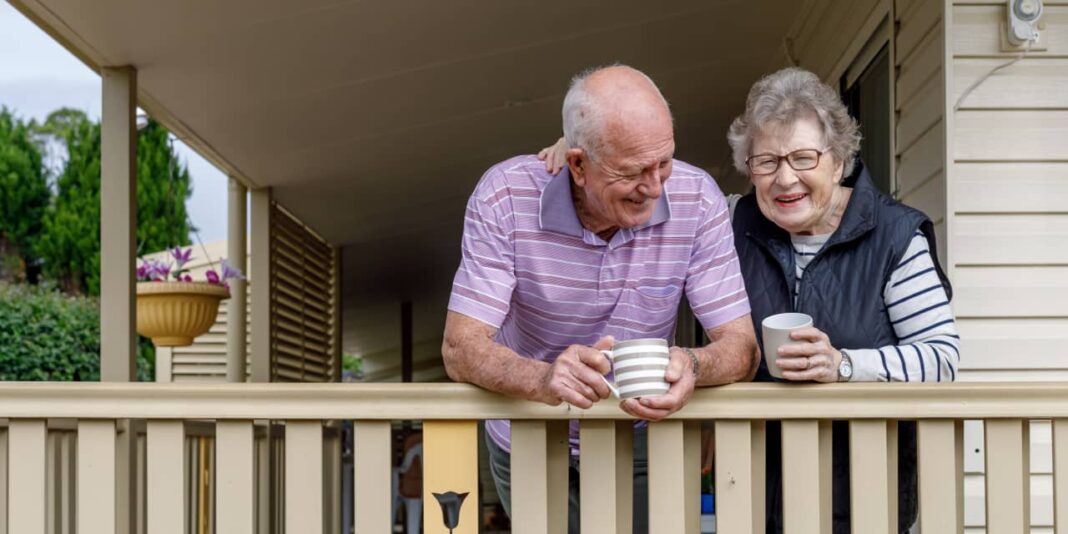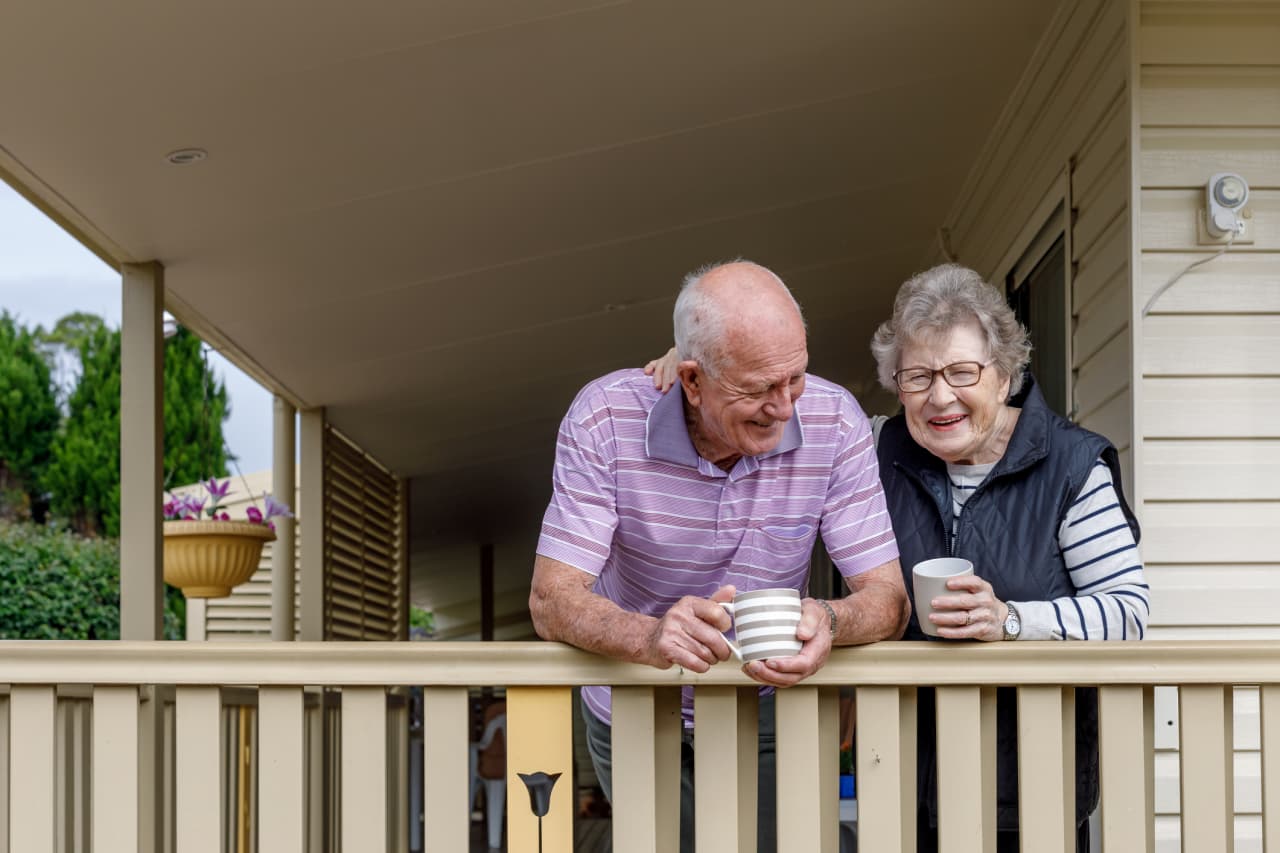Low-income older adults, including those raising grandchildren, just got a boost for housing assistance, but analysts say funding more is needed.
The U.S. Department of Housing and Urban Development (HUD) recently announced $115 million in grant funding to support the development and improvement of affordable rental housing for low-income seniors. Of that funding, $35 million is earmarked to create intergenerational housing for households headed by seniors who are raising children under 18 years of age.
“Creating these homes will enable older adults to live independently. It is important that we provide opportunities for seniors of modest means to age with grace and dignity in a supportive environment,” said HUD Deputy Secretary Adrianne Todman.
The funds will help non-profit organizations create new homes that are energy efficient, or rehabilitate existing ones, for low-income adults 62 years of age or older. Funding is provided to support capital costs and ongoing project rental assistance.
This new batch of funding builds on another similar funding tranche of $161.1 million in Section 202 housing grants that were awarded to 25 grantees in 14 states. That funding will be used to create nearly 1,300 units for eligible households.
“Having access to housing that is affordable for all of our seniors is critical. This is going to be even more important moving forward given the significant growth in our older adult population,” said Lisa McCracken head of research and analytics, the National Investment Center for Seniors Housing & Care.
Read: Dream of aging in place? This government program could be a game-changer for seniors
“The $115 million in funding that HUD has announced certainly acknowledges the need for additional housing to support low-income older adults and is welcome news. Most would agree that there is a need for even greater funds, not only for low-income seniors, but also for those who are just above the income threshold for government support, otherwise known as the middle market. Having said that, this funding is a step in the right direction,” McCracken said.
Read: Where can I afford to live in retirement? Senior housing and the ‘forgotten middle’
The funding also comes as people want to age in place, but finding age-friendly housing is difficult. As many as 77% of people aged 50 and older want to stay in their own home as they age, but only 49% think that they will be able to do so, according to AARP.
Finding a home that is accessible to older people or those with disabilities is challenging. For example, less than 4% of all U.S. homes offer single-floor living, no-step entries, and wide hallways and doorways, according to Harvard University’s Joint Center for Housing Studies’ analysis of 2011 survey data.
Read: Most people want to age in place — but that goal is out of reach for almost everyone
“These funds, allocated for both rental assistance and development costs, offer a solution to address the persistent housing needs of seniors across the nation,” said Assistant Secretary for Housing and Federal Housing Commissioner Julia Gordon. “We are maintaining our commitment to supporting safer, healthier, more energy-efficient homes that help address both the climate crisis and the housing crisis together.”
The grants offer adults aged 62 and older the chance to live independently with tailored support services, including nutrition, transportation, education, and health services, HUD said.
Eligible seniors typically have less than 50% of the area median income, with most households earning below 30% of the median for their locality.
“There are far too few affordable housing options for older adults across the country, particularly for those who need support to live on their own as they age. Expanding Section 202 housing is key to providing more affordable, accessible housing options,” said Rodney Harrell, vice president of family, home and community at the AARP Public Policy Institute.
In 2021, 2.35 million older adult renters had “worst case housing needs.” That category means that these renters have very low incomes (incomes at or below 50% of area median income) and do not receive government housing assistance, and they are severely cost burdened, live in severely inadequate housing conditions, or both, according to a 2023 HUD Worst Case Housing Needs Report.
In 2021, nearly 11.2 million older adult households were cost burdened, and over half of those households were severely cost burdened, according to the 2023 Harvard JCHS Housing America’s Older Adults Report.
Meanwhile, the funds designated for intergenerational housing will help the unique needs of grandparents caring for grandchildren.
“Roughly 2.3 million grandparents in the U.S. are responsible for raising their grandchildren, which can often result in increased financial burden. This targeted funding will help address the needs of that segment in particular,” McCracken said.
About 16.2% of grandchildren under the age of 18 living with grandparents were living in poverty, according to the Census Bureau.

